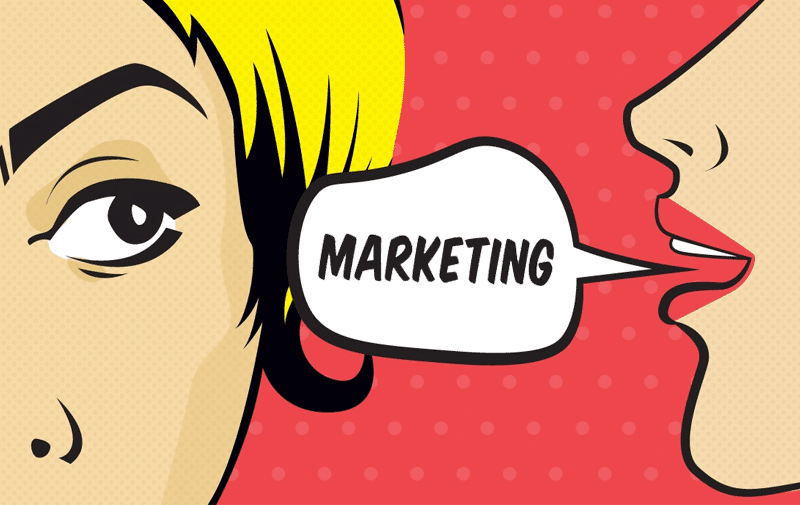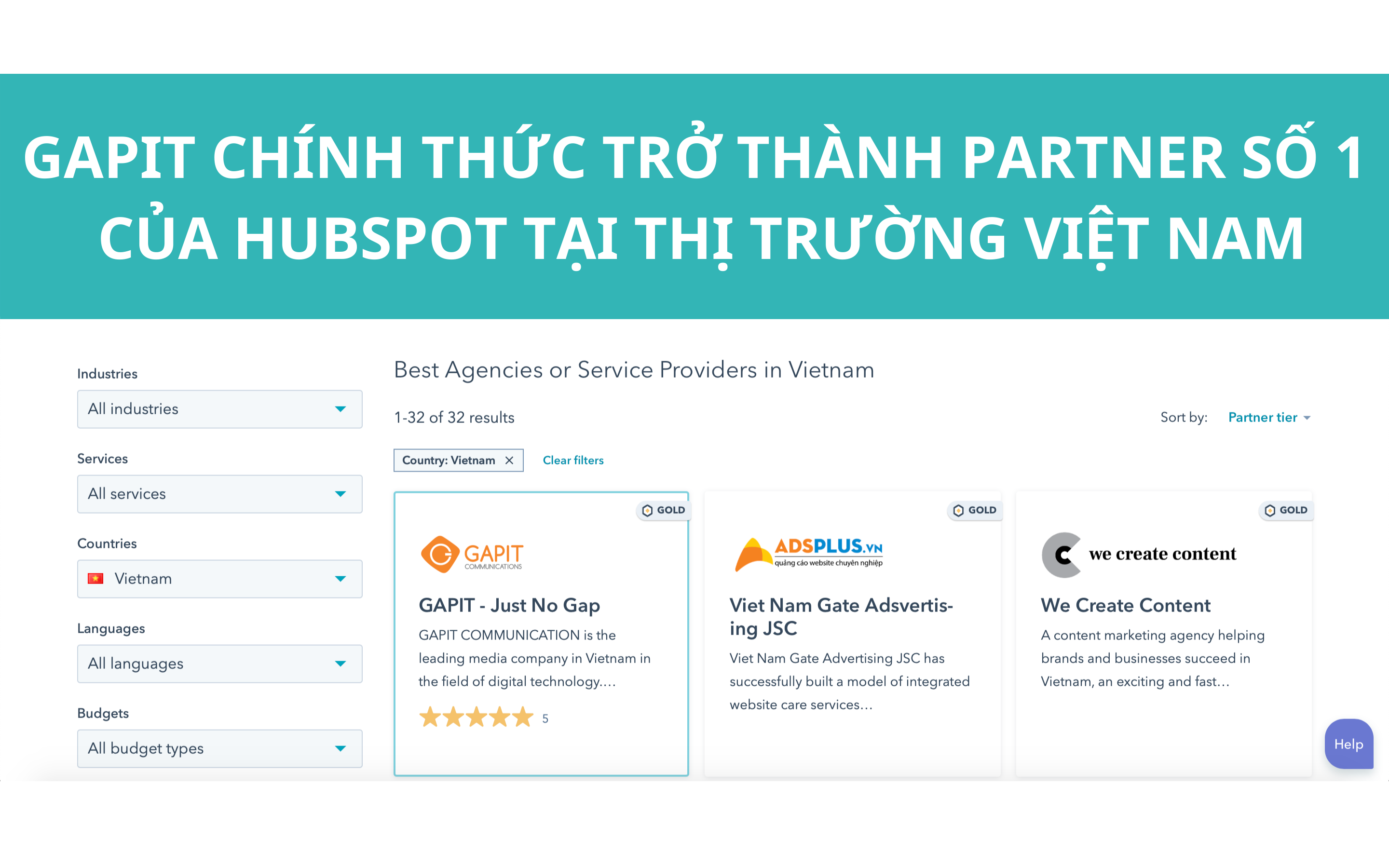With the rapid rise of mobile and internet users in Vietnam, not only SMS but also multi-channel messaging through OTT platforms and social networks has become a "fertile ground" for businesses to leverage in marketing and customer engagement. However, does sending...













